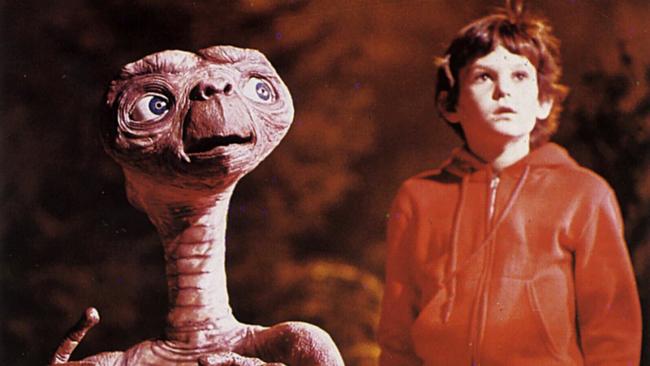Unsung stars of crashes and roars finally moving into the spotlight
It is the seldom-noted skill in filmmaking that has us believing not just what we see, but what we hear, on wildlife documentaries and in Hollywood blockbusters.

Next time you find yourself engrossed in a nature documentary and listen to a bear making its way through a snow-filled landscape or a lion eating its prey, thank the foley artists.
Named after 1920s Hollywood pioneer Jack Foley, these experts weave in realistic sounds at the editing stage and synchronise them to an animal’s movements. If done well, audiences should be oblivious to their contribution.
Now, like many film and television crafts, foley artists are rushing to meet the booming demand for content, spurred on by streaming giants including Netflix and Apple TV+.
When filming nature documentaries on location, it is almost impossible to capture sounds that are good enough for broadcast so almost always they need to be re-recorded later.
It is similar with TV and film where prerecorded sound effects often do not match the quality of those created by a foley artist.
Foley artists are rarely if ever credited by the blue-chip documentaries, with some practitioners arguing that the broadcasters worry about provoking fakery scandals. Others think their expertise and craft should be celebrated.
Karo Jedrzejczyk, a foley artist at Sound Disposition, in London, said her work was similar to acting. It took years of practice and rehearsal to be able to walk in synch with an actor or replicate the movement of an animal. “You are manipulating props and your body in synch with moving pictures, it’s like a performance,” she said.
Richard Hinton, who has worked on the award-winning series Frozen Planet and Planet Earth II, said it took him three years to imitate the walk of a big cat. “You’re watching the shoulder movement and flow of the back. That’s giving you your cue points,” he said.
Imitating the sounds of a lion eating red meat was a “vegan process”, Association of Motion Picture Sound chairman Andrew Wilson said. If it’s squelchy, the foley artist is likely to have been chewing on an orange. If it’s crunchy, celery is the go-to option.
Hinton explained: “The human brain doesn’t really care what it’s hearing. But if it’s in synch, if it’s timed perfectly with what’s happening in vision, the brain just believes it.”
The trade gets its name from the stuntman and assistant director at Universal Pictures in the 1920s who revolutionised how sound effects were used. Foley initially worked on silent films before the rise of the “talkies”. Show Boat, in 1929, which was his breakout film, was initially conceived as a silent movie. He worked on providing the sound effects and today such recordings are made in studios called foley stages.
The craft is feted more in the US, where foley artists are properly credited on blockbusters. John Roesch, 68, is a veteran foley artist who has worked on more than 500 Hollywood films, including ET, Schindler’s List and Frozen. He is part of the foley team at Skywalker Sound, the audio division of Lucasfilm, alongside his fellow artist Shelley Roden and their mixer, Scott Curtis.
Roesch works in a soundproof room, re-creating the staple sound effects of filmmaking as well as more bespoke requests such as the opening of a DeLorean car in Back to the Future or a boat filling up with water in Dunkirk. He said the core of his job was “to try to give soul to what we’re seeing on camera”.
Foley artists often think outside the box to create the perfect sound effect. Roesch and his first partner, Joan Rowe, were given the job of making ET sound “cute” in Steven Spielberg’s 1982 sci-fi classic and settled on an unconventional solution. They shook packs of liver back and forth to create the sound of the cuddly alien moving while also stuffing jelly inside a T-shirt and shaking it.
For his work on Avengers: Endgame, the second highest grossing film, Roesch and his colleagues kept detailed notes on what armour and shoes the individual superheroes were wearing to ensure the sound effects were perfectly matched.
Roesch said: “No matter how good prerecorded sound effects are, they potentially, not always, but potentially, will not rise to the level that a foley artist can perform it to, where it’s customised and it really sounds right.” He added: “There really isn’t a digital methodology that can do what a foley artist can do. There’s no AI, there’s just no good way to do it.”
The Times



To join the conversation, please log in. Don't have an account? Register
Join the conversation, you are commenting as Logout